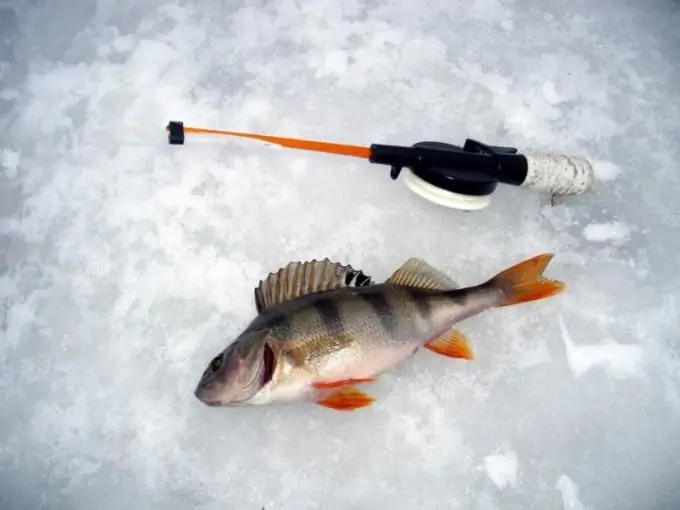The line is an essential element of any fishing tackle. And if the choice of a fishing rod or a nod is a purely individual matter, then the winter line and the criteria by which it is chosen remain practically the same for anglers.

Instructions
Step 1
It should be understood that winter fishing is quite varied, and the line is selected for a particular tackle in terms of breaking load or strength. When choosing a winter fishing line, pay attention to well-known and trusted manufacturers (imported fishing lines are distinguished by good holding of tied knots and strength). For fishing to be successful, you need a strong, thin line.
Step 2
For winter jigsaw tackle, you need at least fifty meters of fishing line, the diameter of which should be 0, 10 millimeters. It is perfect for catching ruff, medium-sized roach, perch and any other fish weighing less than half a kilogram. If fishing is supposed to be for larger individuals, then it is better to choose a fishing line with a diameter of 0, 12 millimeters, it is suitable for fishing with light balancing lures and heavy jigs.
Step 3
For fishing with large balance beams and vertical lures, you need good quality winter line, with a diameter of 0.14-0.16 millimeters. It is moderately tough, it will well cushion the jerks of the fish. When fishing for zander from great depths, you should give preference to a rigid line of 0.18 millimeters. Rigidity in this case is an important quality, since it is difficult to hook the fish at great depths, and it will be less confused. To make a pike girdle, you need a fishing line of 0.35 millimeters in diameter.
Step 4
With a wide variety of winter woods, they are divided into braided cords and monofilaments. Specialized winter lines can be found in both classes. Mono-lines are subdivided into: copolymer, high-polymer and monophilic. Braids very quickly won the love and recognition of fishermen. This is due to their pronounced softness, high strength and minimal elasticity. Recently, sinking lines and braids have begun to be produced, which are covered with fluorescent paint on top.
Step 5
Pay attention to line sizing. Pinch the small shot-weight on the line with your fingers and start moving it. If the lead gets stuck in certain areas, then this line is not suitable for use. Another important parameter for fishing in winter at great depths is abrasion resistance. It often happens that after several fishing trips on the fishing line, slightly noticeable frayed places appear (the result of trauma to the fishing line on the edge of the hole). To eliminate this unpleasant moment, choose a line covered with Teflon or made from special polymers. Lines marked "reel" or "match" are the most abrasion resistant.






